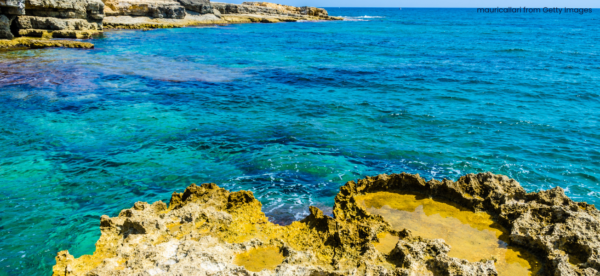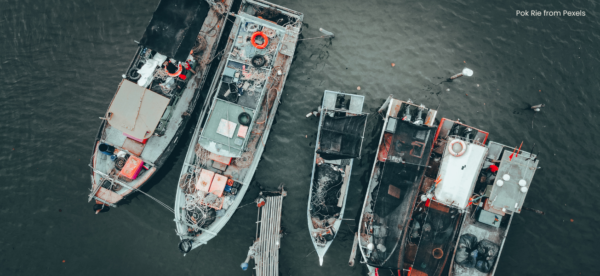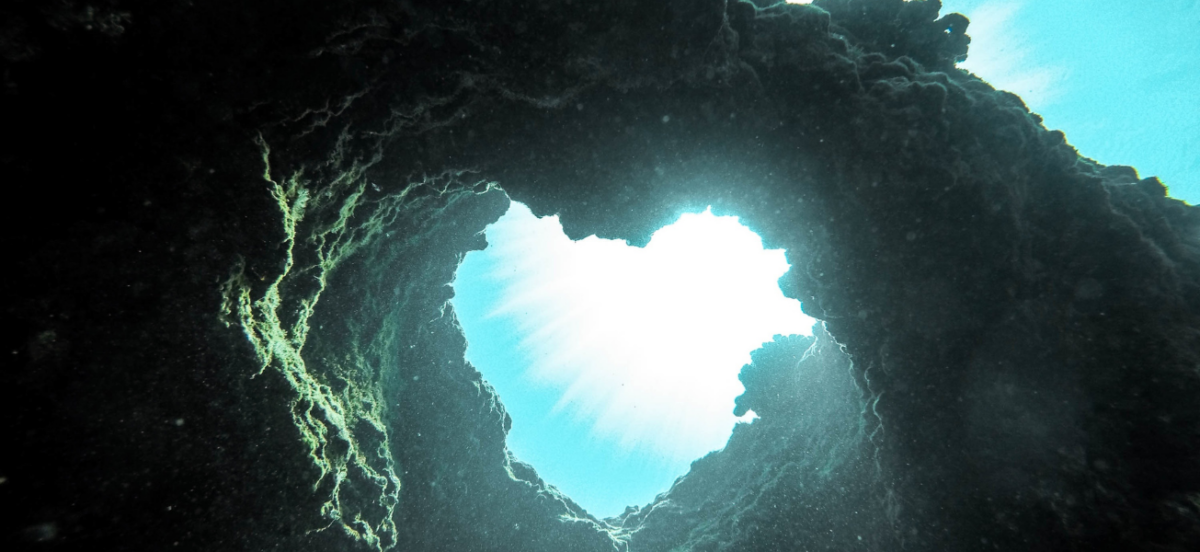Key outcomes from the Conference
The 2025 United Nations Ocean Conference brought countries together to confront the ocean crisis and recommit to Sustainable Development Goal 14: life below water. There are many notable developments.
Support for High Seas Treaty ratification
Fifty countries officially ratified the High Seas Treaty, edging the pact towards the 60 ratifications needed for the Treaty to become law. [1] Another 19 countries have promised to ratify the Treaty by the end of the year, which could mean the Treaty takes effect next year. [2]
The Treaty aims to establish marine protected areas and environmental impact assessments in the high seas, which are crucial for migratory species like dolphins that travel across vast ocean areas. The Treaty becoming law is critical as it provides a framework to regulate and protect biodiversity in two-thirds of the ocean that lie outside national control. [3]
30 × 30 target reaffirmed
Countries recommitted to the Kunming-Montreal Global Biodiversity Framework goal of protecting 30% of the ocean by 2030.
This is critical given that a report titled ‘On track or off course? Assessing progress toward the 30×30 target in the ocean’ highlighted just how far behind countries are from meeting this target. [4] The report outlined that just 8.3% of the world’s ocean is designated as marine protected areas. However most are not properly protected, as harmful activities are still permitted within these areas. In fact, just 2.8% of the ocean was assessed as likely to be effectively protected.
Thankfully, further commitments are being made for more effective protections. During the Conference, new marine protected areas were announced by a range of countries. A notable announcement was French Polynesia pledging to create a 5 million square kilometre marine protected area – the largest in the world. [5]
Currently, most marine species have little refuge from fishing, shipping and pollution. Expanding effective protection in marine protected areas is important because it gives marine animals some reprieve from these harmful activities. This also allows ecosystems to rebuild and populations to replenish.

Renewed commitment for a plastics treaty
Almost 100 countries renewed their commitment to negotiating a legally binding treaty on plastic pollution that covers the full lifecycle of plastics, including reduction of virgin plastic production. The treaty would require countries to reduce plastic production at the source, not just improve recycling. This is a welcome development after two years of negotiations on this treaty stalled last year. [6]
For dolphins and marine animals, it’s a potential game changer. Plastic debris is often mistaken for food by marine mammals and seabirds. By tackling plastic pollution upstream, this treaty could significantly reduce one of the most widespread and enduring threats to ocean health.
Tackling noise pollution
Led by Panama and Canada, 37 countries launched the High Ambition Coalition for a Quiet Ocean—the first global political push to tackle underwater noise pollution. [7] Members committed to advancing quieter ship design, reduce human-generated ocean noise when designing and implementing marine protected areas, implement effective solutions to minimise noise impact to wildlife and support capacity-building. [8]
For marine life, sound is essential for navigation, feeding and communication. Excessive noise can disorient whales and dolphins, disrupt migration, and even cause injury or death. Quieting our oceans is key to restoring safe and healthy habitats. [9]

Where the commitments fell short
Despite encouraging developments, there were still areas for stronger commitments to be made.
Split stance against deep-sea mining
2,000 scientists have recommended to governments that all deep sea exploration be paused whilst further research is carried out. [10] Mining the ocean floor could generate sediment plumes and industrial noise that travel for hundreds of kilometres, disrupting whales and dolphins that depend on sound. Scientists warn some deep-sea species take millennia to recover—if they recover at all. A moratorium buys time to gather science and craft strict rules before commercial extraction begins. [11]
At the end of the Conference, 37 countries had issued a joint call for a global moratorium on deep-sea mining until robust science and safeguards are in place. Although the Nice Ocean Action Plan noted ongoing work by the International Seabed Authority, it failed to call for a moratorium on deep sea mining.
Funding commitments
A range of financial commitments were made during the Conference to the tune of US$10 billion. For example, the European Commission committed €1 billion to support ocean conservation, science, and sustainable fishing [12] and a range of development banks pledged to invest €3 billion to help prevent plastic pollution entering the ocean. [13] However, this still leaves a large gap when compared to the US$175 billion the UN estimates is required annually for the ocean. [14]
No binding action on harmful fishing
The Nice Ocean Action Plan stopped short of committing to end destructive fishing practices like bottom trawling and high bycatch. [15] Thankfully, specific countries took a leadership position and announced bans in national waters. For example, Ghana announced that it will ban bottom trawling and all industrial fishing from its waters. [16]
What’s next
Our oceans are resilient, but they need us to shift human behaviour to thrive. As a community, we can amplify momentum by advocating for stronger protections, supporting science and demanding ethical ocean governance.
Want to ask your Government to ratify the High Seas Treaty? You can sign our petition calling on all Governments to do so.
Let’s keep raising our voices for a healthy blue planet.
